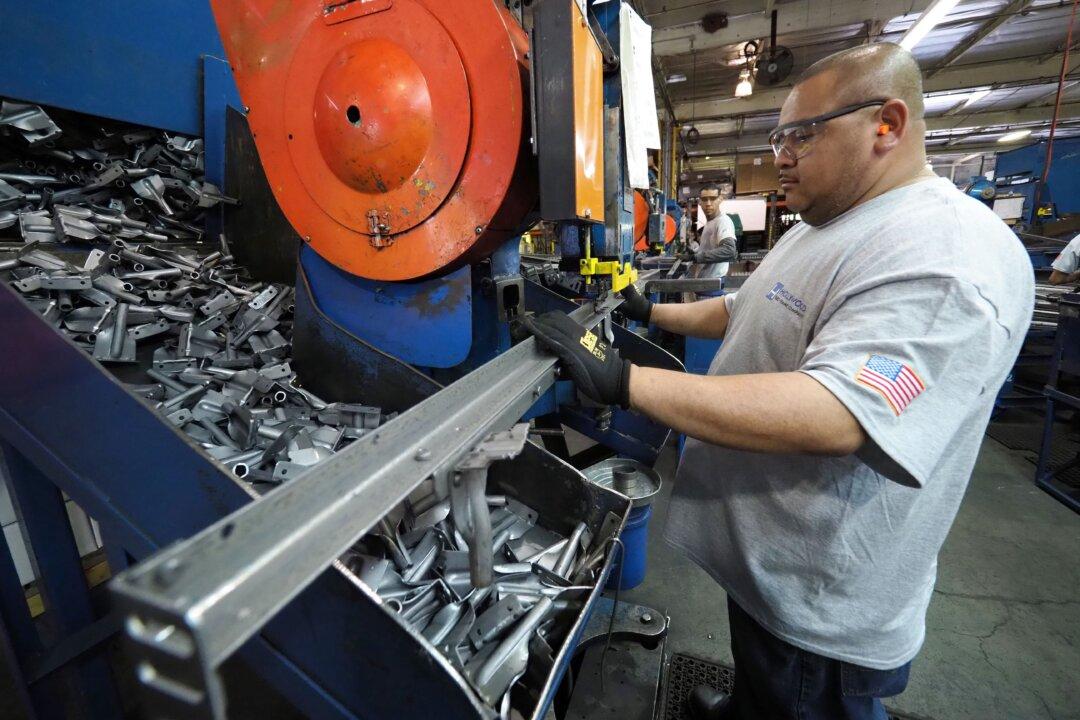Commentary
Manufacturing executives in California are more excited about their growth prospects than they’ve been in nearly 20 years.

Manufacturing executives in California are more excited about their growth prospects than they’ve been in nearly 20 years.